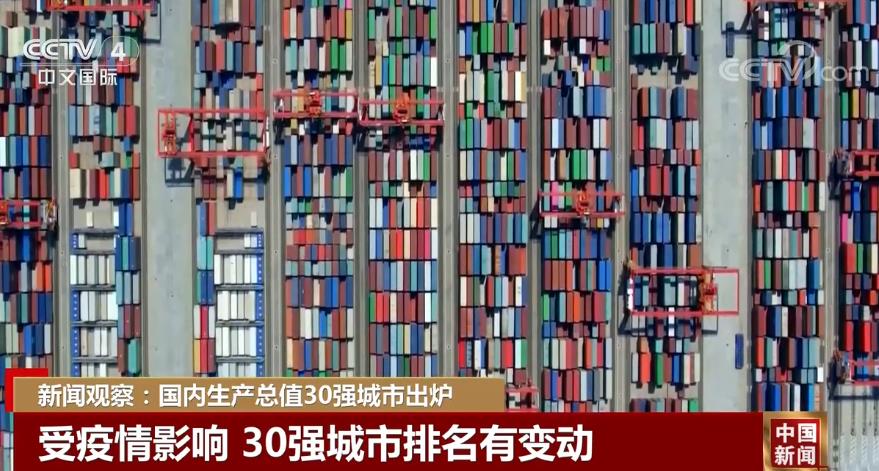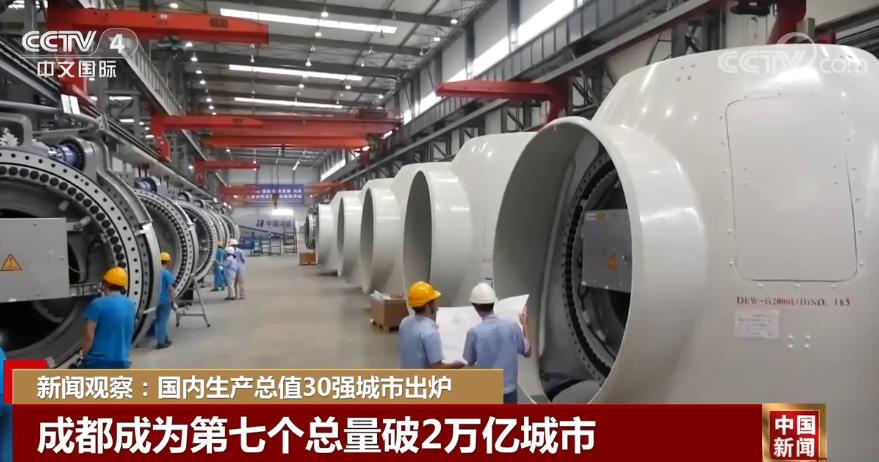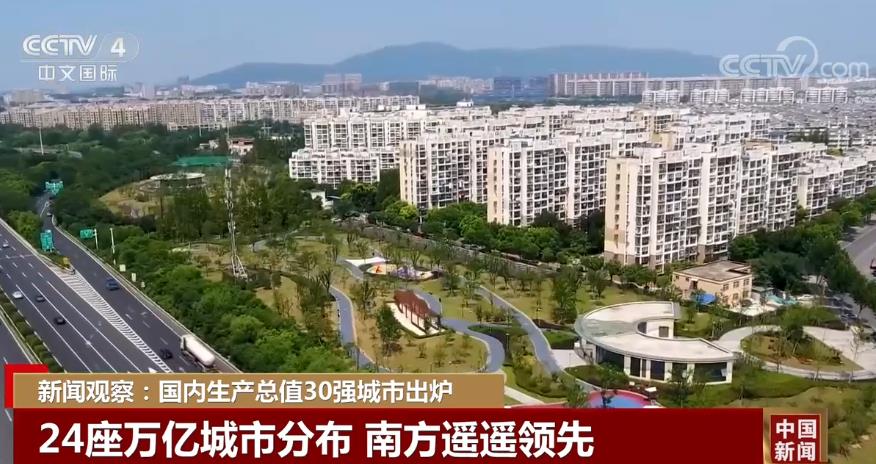CCTV News:As of the 12th, the GDP of the top 30 cities in China in 2022 has been announced. Although the top 30 cities continued the recovery trend of the previous year, they also fluctuated due to the epidemic situation, and their operation in 2022 also changed their rankings.
The top 30 cities basically gather all kinds of cities with strong economic strength in China at this stage, all of which have strong industrial base and economic resilience, but most of them still have a lot of economic fluctuations in the face of the epidemic. In particular, the top ten cities are mostly metropolises that are good at service industries, and the degree of impact is obviously higher. Guangzhou was overtaken by Chongqing and lost its fourth place for many years; Hangzhou also narrowly lost to Wuhan and retreated to the ninth place.

Compared with the top 30 cities in GDP30 in 2021, there are no new faces in 2022, but the pattern of the top ten cities has changed. The data shows that in 2022, the top ten cities in China’s GDP are: Shanghai (4,465.28 billion yuan), Beijing (4,161.09 billion yuan), Shenzhen (3,238.768 billion yuan), Chongqing (2,912.903 billion yuan), Guangzhou (2,883.9 billion yuan), Suzhou (2,395.83 billion yuan).


In addition to the changes in the pattern of the top ten, in 2022, Fuzhou and Quanzhou also surpassed Jinan and Hefei, rising to 18th and 19th places in China, and Xi ‘an surpassed Nantong and Dongguan, rising to 22nd place.

Judging from the total economic output, seven cities have exceeded 2 trillion. In 2022, Chengdu’s regional GDP reached 2,081.75 billion yuan, making it the seventh city in China with an economic aggregate exceeding 2 trillion yuan. Shanghai and Beijing are more than 4 trillion, Shenzhen is alone with 3 trillion stalls, Chongqing and Guangzhou are close to 3 trillion, and they are in the 2 trillion camp with Suzhou and Chengdu.

From the distribution area of 24 trillion cities, the south is far ahead, including four municipalities directly under the central government, namely Shanghai, Beijing, Chongqing and Tianjin; Guangdong Province has Shenzhen, Guangzhou, Foshan and Dongguan; Jiangsu Province has Suzhou, Nanjing, Wuxi and Nantong, with four trillion cities respectively; Zhejiang Province has Hangzhou and Ningbo; Fujian Province has Fuzhou and Quanzhou; and Shandong Province has Qingdao and Jinan, with two cities respectively. In addition, there are more than one trillion yuan in Chengdu, Wuhan, Changsha, Zhengzhou, Hefei and Xi’ an.

Among the reserve forces of trillions of cities, Changzhou and Yantai are the most popular candidate cities. In 2022, Changzhou’s GDP reached a new level of 900 billion yuan, reaching 955.01 billion yuan, an increase of 3.5% over the previous year; Yantai’s GDP was 951.586 billion yuan, a year-on-year increase of 5.1%. Both Changzhou and Yantai have proposed that GDP in 2023 will strive to break through the trillion-dollar mark. In addition, there are Tangshan, Xuzhou, Dalian, Wenzhou and other cities with more than 800 billion yuan.